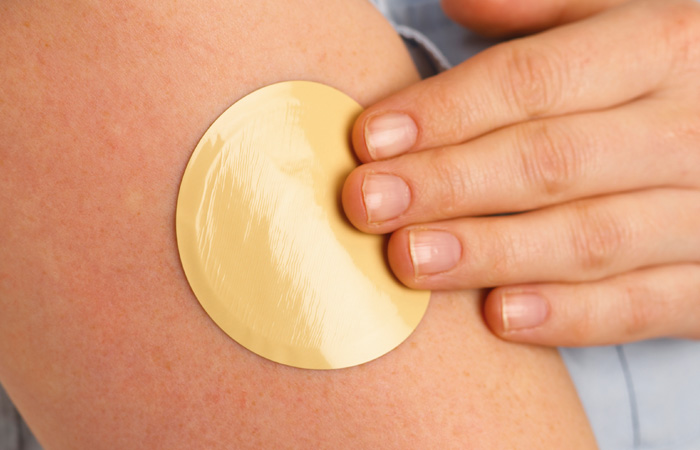1. Nicotine replacement therapy
The main tool provided by pharmacies to help people quit smoking is nicotine replacement therapy (NRT). These products replace the addictive nicotine in cigarettes, but at a much lower level and without all the other harmful chemicals that are present in tobacco smoke, such as carbon monoxide and tar. NRT helps control cravings and reduces withdrawal symptoms such as moodiness, irritability and difficulty concentrating.
There are lots of different formulations available, from patches, gum, microtabs, oral films and lozenges to inhalators and sprays for the mouth or nose. There is no evidence that any one form is more effective than another, so it really comes down to personal preference. Someone who thinks they might miss the hand-to-mouth action of smoking might do well with a cigarette-like inhalator device, whereas patches that can be put on and not thought about for the rest of the day might be better for someone who works in an environment where it is difficult to take breaks. Combining products can also be helpful for some people, particularly very heavy smokers. For instance, a patch can be worn for a gradual dose of nicotine and a spray can provide rapid craving relief.
The idea is to reduce the dose of NRT after eight to 12 weeks and then stop altogether, though it is better for both health and wealth to continue on NRT for as long as the individual feels necessary, rather than going back to smoking.

Did you know?
Smoking increases the risk of having a stroke by at least 50 per cent and doubles the risk of dying from a stroke.
